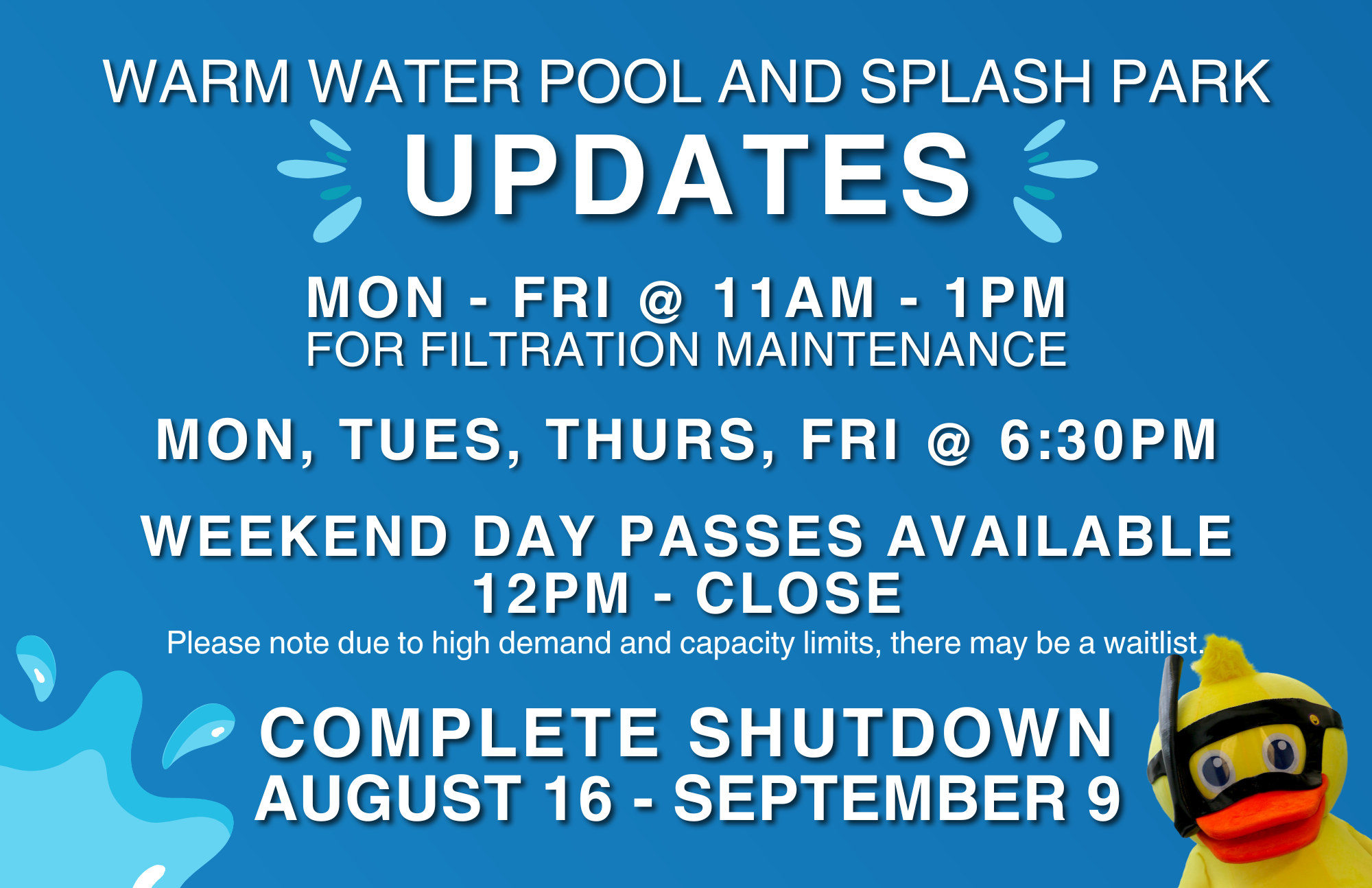Most exercise enthusiasts know that there are certain eating “rules” to follow when working out. However, not many know what those rules are. Even myself, having spent the past three years studying nutrition, find them confusing and hard to remember. So, I thought I’d use this article to help explain what exactly our body needs before, during, and after working out, and why. Just as a notice though, these upcoming suggestions are merely guidelines. Every workout is different in intensity, and every body has a different metabolism. For example, if you were attending a Gentle Flow Yoga class, you don’t need to worry about getting enough nutrients throughout the workout. Be sure to use your own judgement on what is best for you.
Before
The timing of your meals around working out is always tricky. It is recommended that you eat a medium sized meal three to four hours prior. Difficult to digest meals, such as fried foods, should be avoided. Hydration is also very important, with two to three cups of water a couple hours before the event.
Many people have heard of “carbohydrate (carb) loading” before long workouts or events. Before going to college, I only practiced this the night before my running races, usually with big pasta dinners. However, this is not enough time for the body to properly digest the carbohydrates and store them as glycogen in the muscles. It is this glycogen that gets used for energy when the glucose (our main energy source) in our body is depleted. So, it is recommended to start increasing your carbohydrate intake about three days prior to the event/workout. I use the following chart to calculate the carbs needed each day:
| Days before event | 6 | 5 | 4 | 3 | 2 | 1 |
| Exercise time (min) | 60 | 40 | 40 | 20 | 20 | Rest |
| Carbohydrates (g/kg bodyweight) | 5 | 5 | 5 | 10 | 10 | 10 |
During
Before I go into inter-workout nutrition, I want to clarify that these recommendations are only for competitions or strenuous exercise lasting an hour or more, or if you are working in extreme heat. Besides these circumstances, nutrient consumption during the workout is not usually necessary. As mentioned above, our body uses glucose for energy during physical activity until the glucose runs out. Then it uses glycogen, which is the term for glucose stored in our muscles. However, these stores may not be sufficient, so having small doses of carbohydrates will give a consistent supply of energy for the duration of the exercise. Pure glucose is best, as it is already in the desired form. This gives you a quick source of energy so you don’t crash. Examples of glucose sources are sports drinks, fruit and fruit juice, raisins, or granola bars. These should be consumed at thirty to sixty grams of carbohydrates per hour.
After
Many people find it hard to eat after intense workouts or competitions, myself included. It is important though to have a small mixed meal within thirty minutes of finishing. This means consuming a healthy mix of carbs and protein with some healthy fats. The carbs and protein are extra important because they do most of the muscle recovery work. During exercise, we are actually breaking down our muscles to be built up stronger. What we eat after largely dictates how well the muscles build back up. This meal will stimulate protein synthesis and will restore our depleted glycogen stores for the next time we need extra energy. I sometimes find I do not have an appetite after I work out hard, and the idea of eating solid food is not appealing. This is completely normal. If this is the case for you, a small smoothie with the necessary nutrients might be a better option and is totally acceptable.
This was a lot of information, but I hope it helps you reach that next level in your training and clears up any misconceptions you might have had. Diet and exercise are very interconnected, so achieving optimum balance between the two will better both your health and your happiness.
As always, feel free to reach out with any questions about this topic or any other nutrition or health related topic at: grace_naia@yahoo
By Grace Stott, UVAC Member and Guest Blogger
